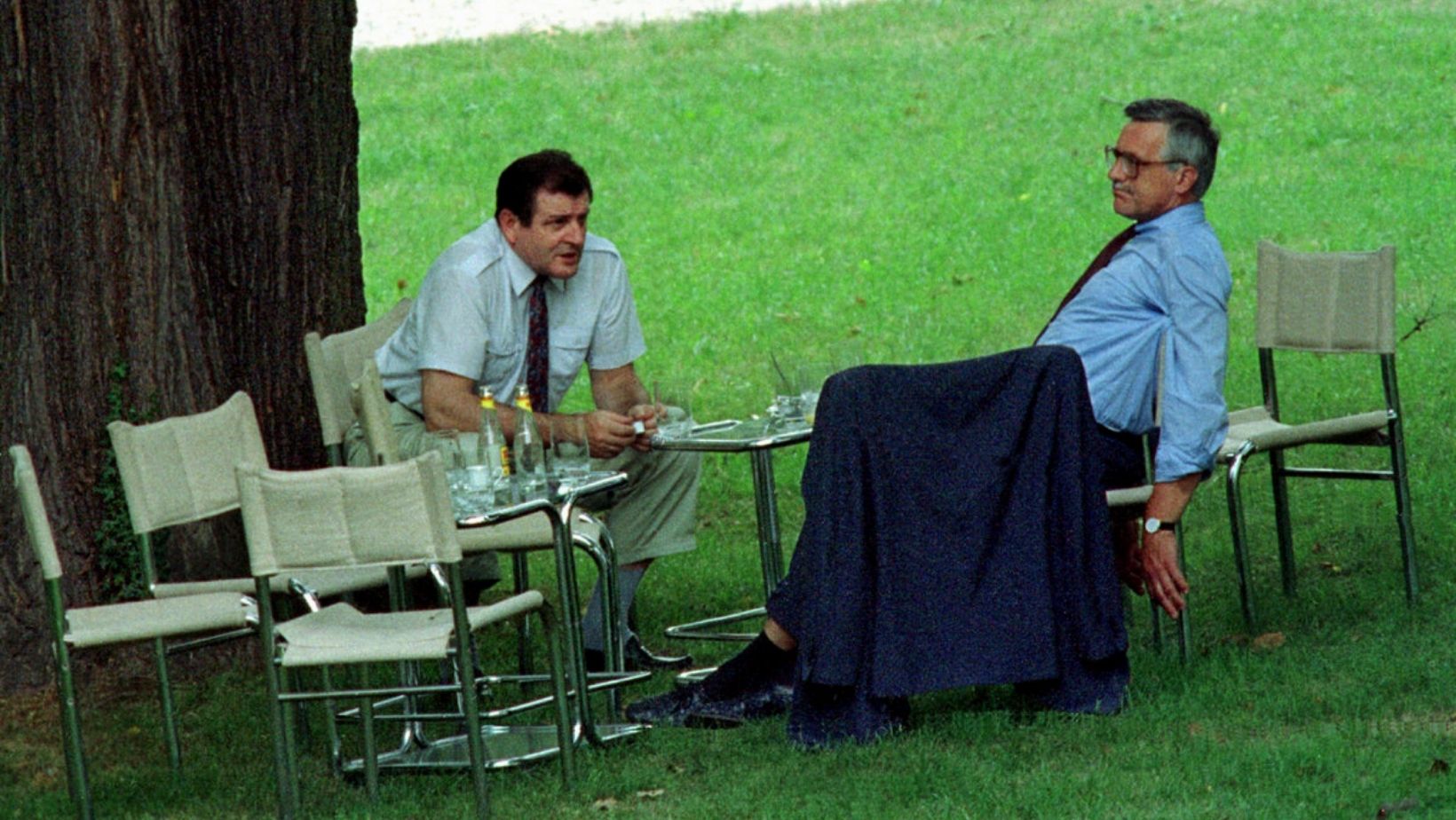The agreement to divide Czechoslovakia was signed at Villa Tugendhat by Czech Prime Minister Václav Klaus and the Slovak Prime Minister Vladimír Mečiar on 26 August 1992.
As of the first of January 1993, two new countries came into being in Europe, the Czech Republic and Slovakia.
Villa Tugendhat was a government building at the time. The negotiations regarding the separation took place here, partially somewhat symbolically as Brno lies approximately halfway between Prague and Bratislava.
The main point of contention was (and will remain) the question of whether Czechoslovakia was to hold a referendum. It is possible today to argue that the decision not to hold a referendum was fortunate.
First, in a country consisting of two nations of unequal size, one referendum, on a federal level only, would not work.
Holding two referendums, one in each republic, was also problematic, as no one seemed to know what would happen if one republic voted in favor of the country’s split and another would be against it.
The two republics proceeded with separation negotiations in an atmosphere of peace and cooperation. By late November, members of the National Assembly had voted Czechoslovakia out of existence.
Both republics promulgated new constitutions, and at midnight on Dec. 31, 1992, after 74 years of joint existence disrupted only by World War II, Czechoslovakia was formally dissolved.
Causes
A number of reasons have been given for the dissolution of Czechoslovakia, with the main debates focusing on whether dissolution was inevitable or whether dissolution occurred in conjunction with or even in contrast to the events that occurred between the Velvet Revolution of 1989 and the end of the joined state in 1992.
Those who argue from the inevitability stance tend to point to the differences between the two nations, which date back to the Austro-Hungarian Empire, and to other issues.
There are ethnic differences between the Czechs and Slovaks, such as problems with the shared state during communism, the success of the state in the Czech lands and its failure in the Slovak lands that still resulted in the adoption of communism since the Czechs were more influential in the running of the state than Slovaks, and the 1968 constitution with its minority veto.
Those who argue that events between 1989 and 1992 led to the dissolution point to international factors such as the breakaway of the Soviet satellite nations, the lack of unified media between Czechia and Slovakia, and most importantly the actions of the political leaders of both nations like the disagreements between Prime Ministers Klaus and Mečiar.
-
NEWSLETTER
Subscribe for our daily news












